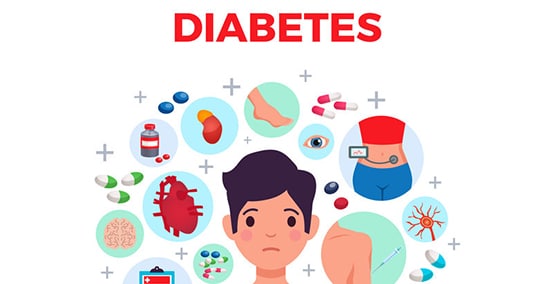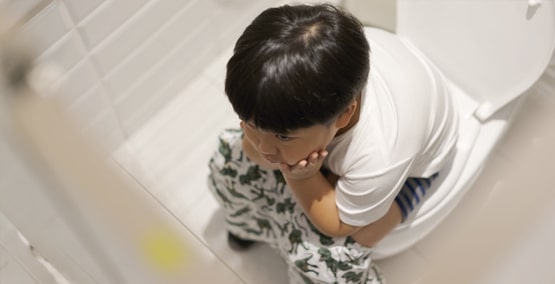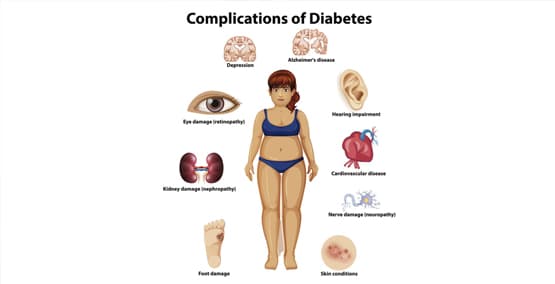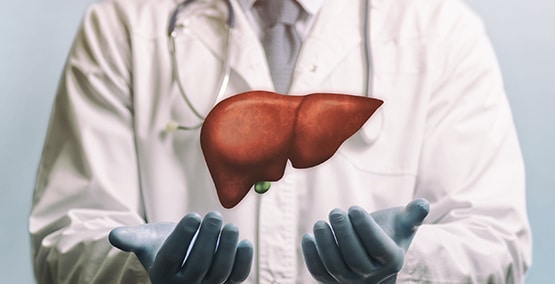
Lung function tests
Lung or pulmonary function tests (PFTs) check how well the lungs work. They measure how air flows into and out of the lungs and how much air actually enters the lungs. This test determines how well someone is able to breathe and how effective the lungs bring oxygen to the rest of the body. The results of these tests help doctors recognize problems and plan appropriate treatment. They are also repeated to determine a person's progress and response to therapy.
For best results, a person should be at least 5 years of age. Why? Because cooperation during the testing procedures is absolutely needed in order to get accurate scores.
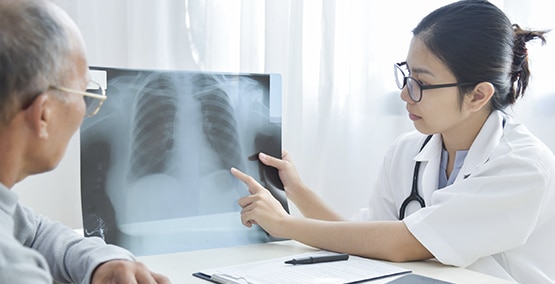
Lung Function Tests:
Spirometry is the test most doctors use. The test measures the amount of air a person breathes in and out (air flow) and the amount of air in their lungs. The person sits in front of a machine, is fitted with a mouthpiece, a nose clip and is instructed to breathe in and out as deeply as possible and to keep blowing for several seconds. This is usually repeated several times to get a "best" value. A medication that opens the airways (called a bronchodilator) may be given just before a second set of tests to see if it helps the person move air better.
Plethysmography measures the amount of air in a person's lungs (lung volume). The person sits or stands in a small booth and breathes into a mouthpiece. The pressure in the booth is then measured which determines how much of the lung is usable.
Diffusion capacity evaluates how well the small air sacks inside the lungs (alveoli), work. The person breathes in certain gases:oxygen, carbon dioxide, helium and a tracer gas. A machine is then used to detect how well the lungs are able to transfer oxygen and carbon dioxide into and out of the bloodstream.


